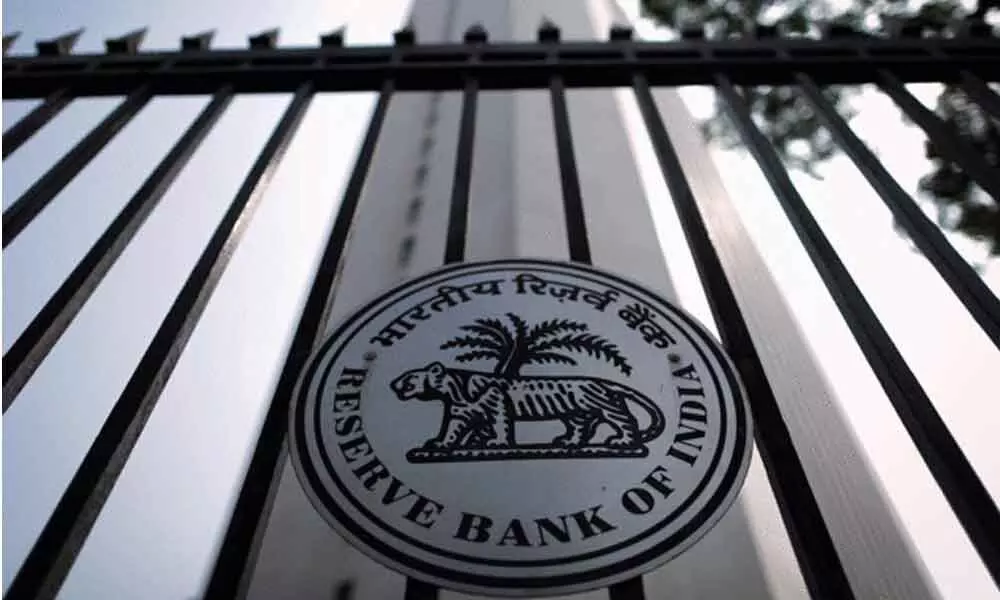Covid: bad loans set to skyrocket
GNPA is estimated to go up by13.5%-14.8% by September
image for illustrative purpose

Mumbai THE RBI's stress tests predict a grim scenario in NPA numbers due to the pandemic. This is based on the performance of the industry over the last one year and expected growth in numbers/percentage in the coming year. For the current year, the size of GNPA is at 7.5 per cent as of September 2020, and estimated to increase between 13.5 per cent to 14.8 per cent by September 2021, a study by BCT Digital says.
The RBI's numbers show that credit growth is not improving much despite the Covid related measures, while deposit growth is increasing; implying that customers are worried about the future and saving more despite the very low interest rates, and banks are reluctant to lend. There are the new challenges faced by the banking industry.
The deadly combination of rising inflation and low economic growth could mean that there is no room for interest rate cuts by the RBI, thereby affecting both banks (as demand for credit will not pick up) as well as borrowers (whose interest burden won't come down). In addition, potential capital outflows to developed markets due to the pandemic situation could lead to further pressure on rates and inflation, which can exacerbate the situation.
Extreme stress in the unorganised industries, MSMEs and mobility related industries (hotels, tourism, etc) due to low demand, manpower shortages due to lockdowns, and lack of capital and liquidity could lead to permanent closure of many of these entities, thereby affecting asset quality of banks as well as increasing unemployment.
WFH could permanently change the real estate sector with demand shifting from urban hotspots to outer areas, thereby putting pressure on real estate developers and banks that have lent to them.
The much talked about K shaped recovery implies severe stress on certain less bankable sections of the borrowers, namely retail, MSME and low rated smaller corporates, which will find it much more difficult to secure credit in the new environment where banks will be more reluctant to lend.
Want to know which sectors will be the growth engines and how much will the growth be?
"Well, as per the RBI, the Indian economy likely contracted in FY21 with GDP fall of 7.7 per cent YoY. For the present year (FY22), the GDP is expected to rebound to 11 per cent as per CRISIL and ADB. Sectorally, the K shaped recovery is very much seen to play out. On one side, large industries and agriculture for instance are recovering already," Jaya Vaidhyanathan, CEO, BCT Digital told Bizz Buzz.
On the other hand, smaller businesses across labour intensive sectors such as textiles, jewellery, hotels and tourism are expected to be in sustained trouble for some time. For banks, this means caution in credit to these sectors as well as retail lending to those working in these sectors, given the wide fluctuations in revenue in these segments falling under discretionary spending for end consumers, she added.

